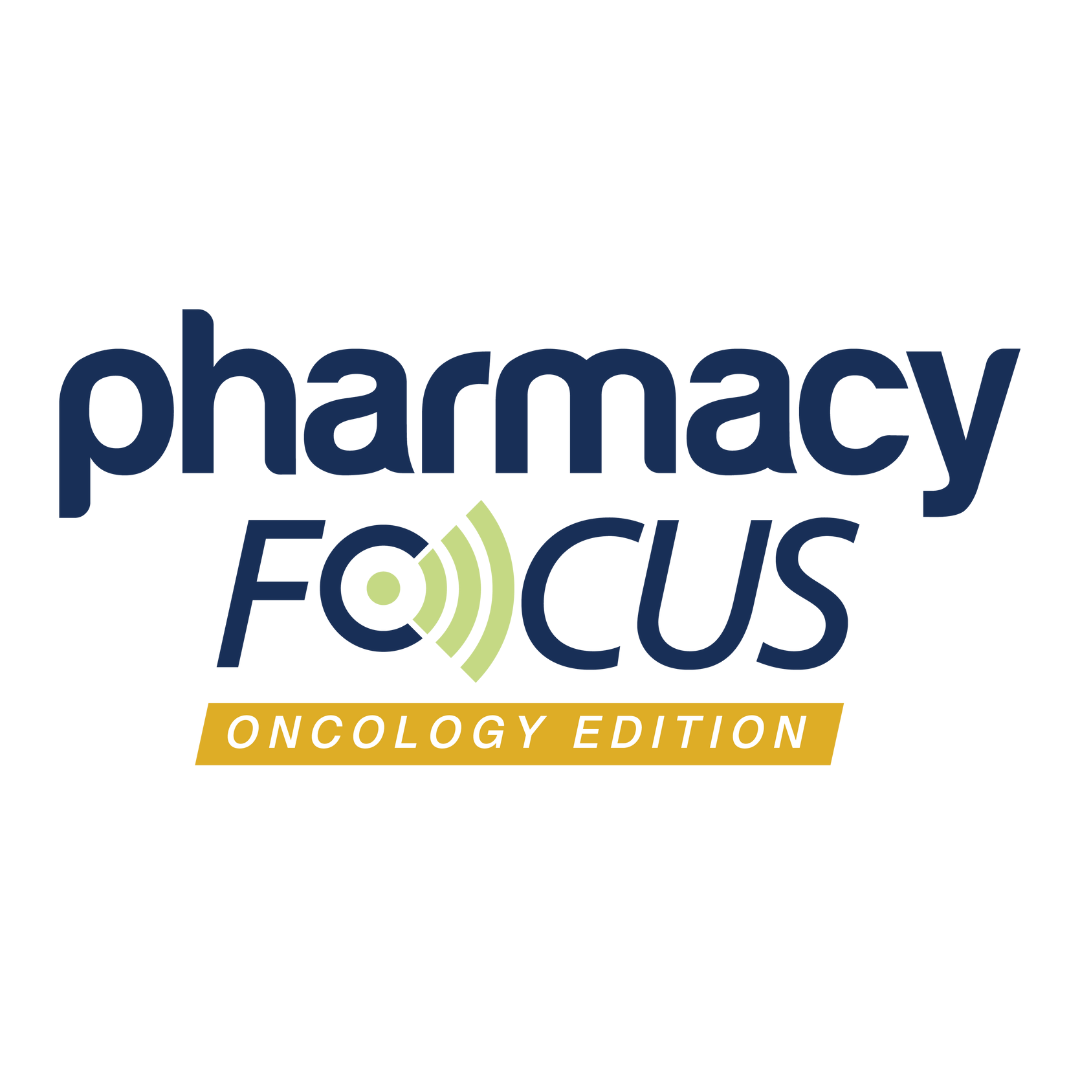Commentary
Article
ASCO 2025: How AI-Powered Tools Are Reshaping Oncology Data Capture and Clinical Decision-Making
Gayathri Namasivayam, PhD, discusses how large language models are being used to extract structured oncology data from unstructured electronic health records to improve clinical efficiency, support real-world evidence generation, and enhance oncology pharmacy workflows.
In oncology care, critical patient data is often buried within unstructured clinical notes—an obstacle for clinicians, pharmacists, and researchers striving to deliver personalized and evidence-based treatment. To address this challenge, Gayathri Namasivayam, PhD, senior manager of data science and machine learning at Ontada in San Francisco, California, and her team are leveraging large language models (LLMs) to extract structured oncology data from electronic health records (EHRs).
A health care professional reviews an electronic health record. Image Credit: © Justlight - stock.adobe.com

In this interview with Pharmacy Times®, Namasivayam discusses the motivation behind her presentation at the 2025 American Society of Clinical Oncology (ASCO) Annual Meeting titled “Use of Large Language Models to Extract Cancer Diagnosis, Histology, Grade and Staging from Unstructured Electronic Health Records.” Namasivayam explores challenges associated with applying LLMs to this complex task, how these models compare with traditional natural language processing (NLP) tools, and the potential implications for oncology pharmacists engaged in treatment selection, clinical trial screening, and value-based care.
Pharmacy Times: What was the motivation behind applying LLMs to extract structured oncology data from unstructured clinical notes, and what specific gaps were you aiming to address?
Gayathri Namasivayam, PhD: The primary motivation was to enhance the completeness and accuracy of EHRs by extracting critical patient information from unstructured documents, such as cancer diagnoses and staging and integrating them. The integration serves 2 key purposes:
- Reducing Physician Click Burden: By automating the extraction and integration process, we aim to streamline clinical documentation within the EHR, alleviating the burden on healthcare providers and improving efficiency.
- Supporting Real-World Effectiveness: Our life science customers require enriched, structured data to assess the real-world effectiveness of their products. By providing accurate and comprehensive data, we facilitate evidence-based decision-making and support the broader healthcare ecosystem.
Pharmacy Times: Can you walk us through how the model was trained and validated—particularly in terms of oncology-specific terminology, such as histologic subtypes and staging classifications?
Gayathri Namasivayam, PhD, is senior manager of data science and machine learning at Ontada in San Francisco, California.

Namasivayam: The model was trained using a diverse dataset of oncology-specific documents like pathology reports and progress notes. We used a technique called prompt engineering, which are natural language text also called prompts to guide the LLM. The prompts contain oncology-specific terminology which are provided as additional context. Validation involved comparing the model's outputs to a gold standard data curated by manual extractions using clinical specialists to ensure accuracy.
Pharmacy Times: How accurate was the model in extracting key clinical data elements like tumor, node, metastasis (TNM) stage, grade, and histology compared to manual chart abstraction?
Namasivayam: The model demonstrated high accuracy with F1 scores exceeding 0.85 for extracting key clinical data elements.
Pharmacy Times: Were there particular cancer types or documentation styles where the model performed especially well—or struggled—to extract meaningful information?
Namasivayam: The model was tested on 26 solid tumors and 14 hematologic malignancies, and it performed with an F1 >= 0.85.
Pharmacy Times: How do you envision this technology integrating into oncology pharmacy workflows, especially for pharmacists involved in treatment selection, clinical trial eligibility screening, or value-based care initiatives?
Namasivayam: It can provide pharmacists with quick access to structured data, aiding in treatment selection, clinical trial eligibility screening, and supporting value-based care initiatives, thus enhancing decision-making and streamlining oncology care processes.
Pharmacy Times: What measures were taken to ensure patient privacy and Health Insurance Portability and Accountability Act compliance during model development and deployment, especially when working with real-world EHR data?
Namasivayam: Ontada/McKesson stringent measures establish secure protocols to protect sensitive information, ensuring responsible handling of real-world EHR data.
Pharmacy Times: How do LLMs compare to traditional NLP tools previously used in oncology data mining?
Namasivayam: LLMs are pre-trained on vast amounts of data to excel at natural language generation and understanding tasks. LLMs along with prompt engineering, which are natural language text to guide LLMs, were used to extract clinical information from patient documents. We did not have to train or fine-tune it. In traditional NLP we must train models from scratch or fine-tune language models on our data, which required significant time and resources.
Pharmacy Times: What limitations should clinicians and pharmacists be aware of when interpreting LLM-extracted data in real-time clinical decision-making?
Namasivayam: These models like any other models should be tested for any bias to ensure fairness of its performance across all cancer population.
Pharmacy Times: What are your next steps for this research—are there plans to extend the model’s capabilities to include biomarkers, medication history, or treatment outcomes from EHRs?
Namasivayam: Future involve extending the model's capabilities to include additional elements like biomarkers, medication history, and treatment outcomes from EHRs, enriching data for clinical research and care, and potentially advancing personalized medicine.
Newsletter
Stay informed on drug updates, treatment guidelines, and pharmacy practice trends—subscribe to Pharmacy Times for weekly clinical insights.





